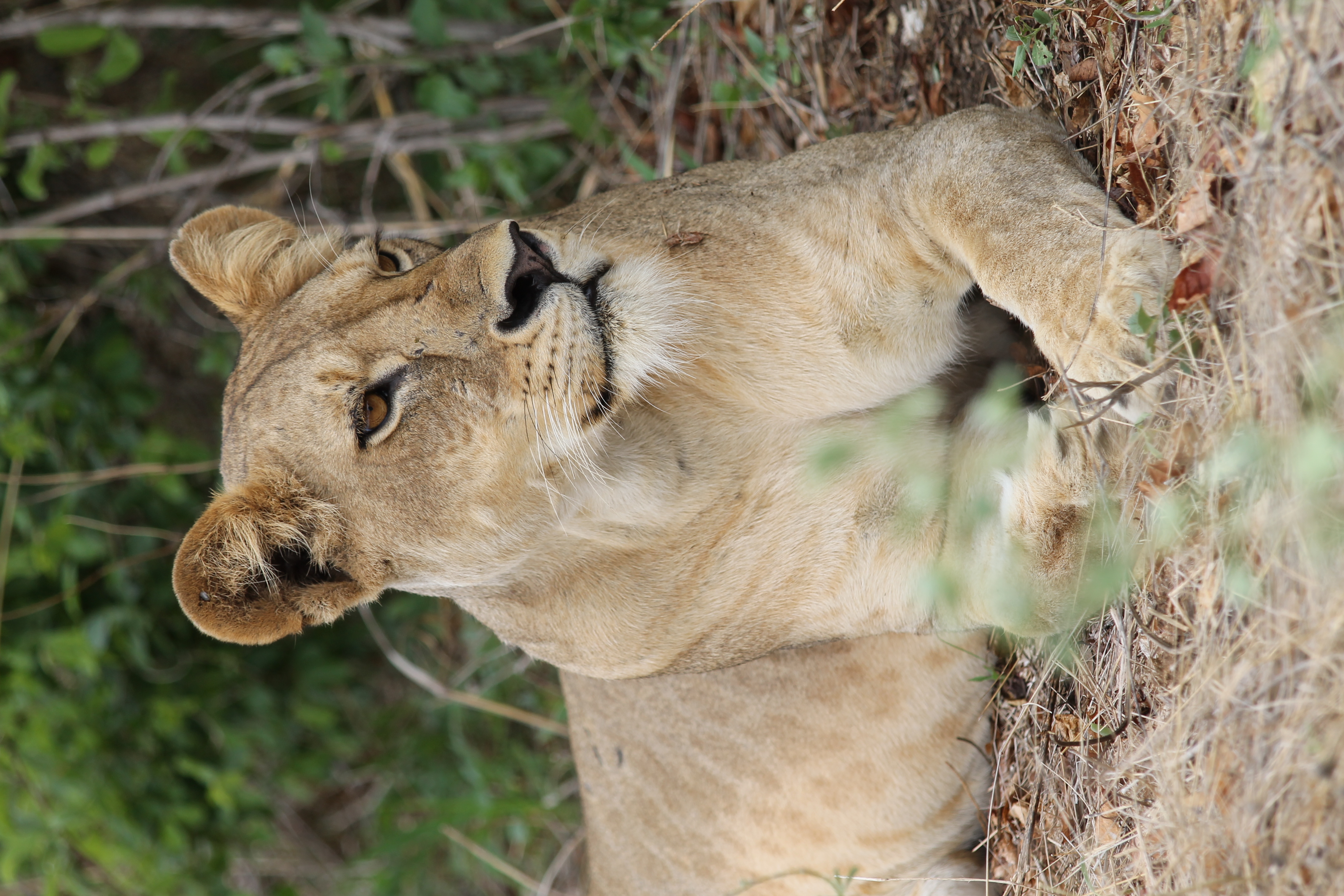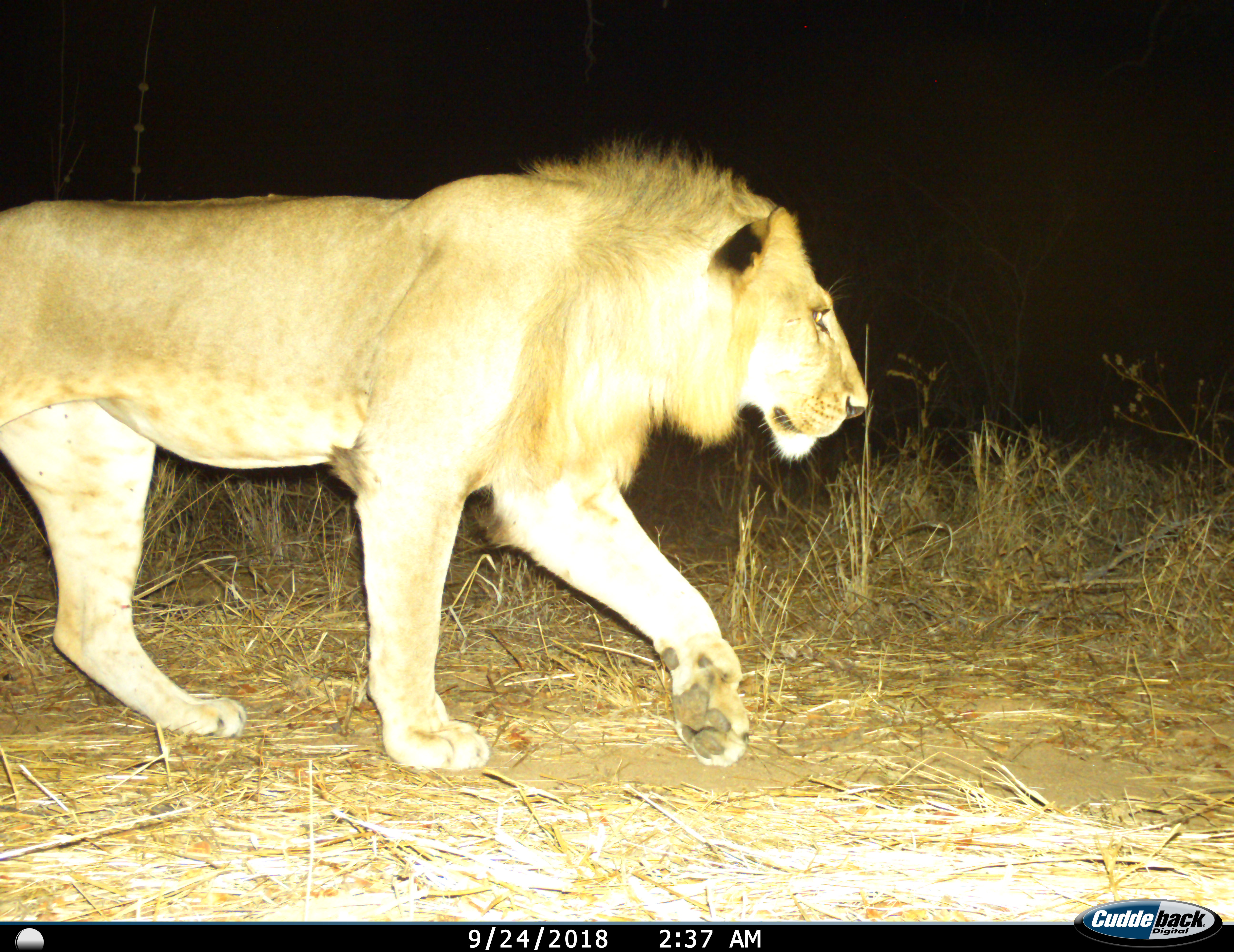News
Using camera traps to accurately assess and monitor lion populations
In a study recently published in the journal Ecological Solutions and Evidence, Paolo Strampelli, Charlotte E. Searle, Amy J. Dickman and David W. Macdonald, as well as colleagues from the Southern Tanzania Elephant Program, the Tanzania Elephant Foundation, and the Tanzania Wildlife Research Institute (TAWIRI), apply a relatively novel method across a number of sites in southern Tanzania to showcase its suitability for lion population assessment and monitoring.
Although accurate and precise estimates of population status are required to inform conservation management, and the lion is a charismatic species receiving increased conservation attention, estimates of status are lacking for most populations. This is partly because, while for individually-marked species such as tigers, leopards, and jaguars, population density is often estimated through statistical models applied to camera trap data, the lack of coat patterns in lions has limited the application of these techniques to the species.
In this study, WildCRU researchers deployed four remote camera trap grids across different habitat and land management types across the Ruaha-Rungwa conservation landscape in south-central Tanzania. The goal was to determine whether it would be possible to reliably identify lions from modern white flash-camera traps across a range of contexts, and obtain population density estimates from these. Lions photographed were identified at an individual level by two observers, through unique whisker spots, scars and marks, and a range of additional features (mane, nose, and knee tufts shapes and colour).
Overall, results of this ‘double-blind’ assessment suggest that lions can be reliably identified from camera trap pictures, provided the use of white-flash cameras and consistent framing and angles of photographs. In doing so, the authors also present the first spatially-explicit density estimates for a lion population in Tanzania. Lion densities were highest in areas near the prey-rich Great Ruaha River, which were found to host very high lion population densities, while miombo woodlands in both photographic and trophy hunting areas exhibited intermediate lion densities.
To conclude the study, the authors discuss in detail the methodology employed, in order to facilitate future applications, as well as the potential for scaling it up over larger areas, its limitations, and its potential applications to improve lion population management across Africa.
Strampelli, P., Searle, C.E., Smit, J.B., Henschel, P., Mkuburo, L., Ikanda, D., Macdonald, D.W. and Dickman, A.J., 2022. Camera trapping and spatially explicit capture–recapture for the monitoring and conservation management of lions: Insights from a globally important population in Tanzania. Ecological Solutions and Evidence, 3(1), p.e12129.
-
 ©PAOLO STRAMPELLI
©PAOLO STRAMPELLI -
 ©PAOLO STRAMPELLI
©PAOLO STRAMPELLI





